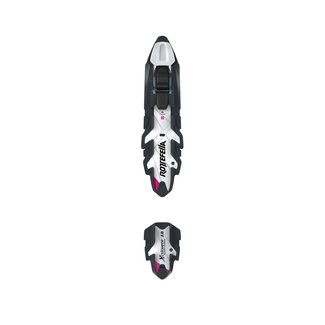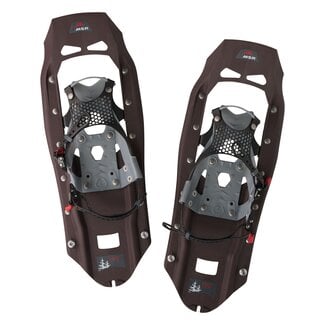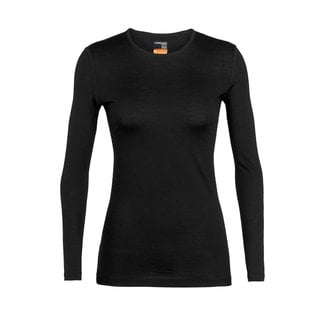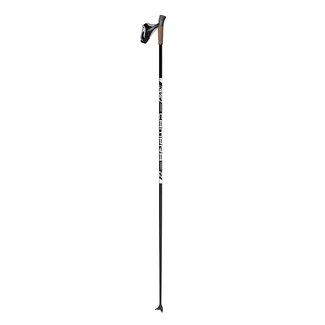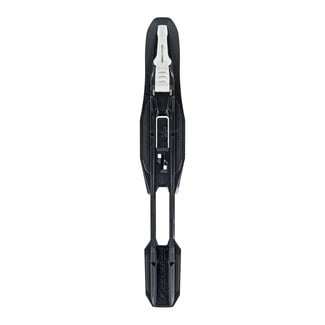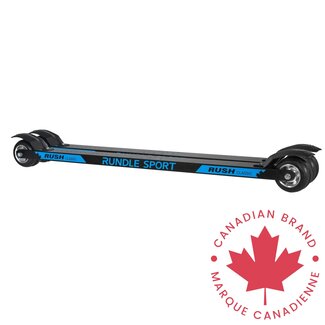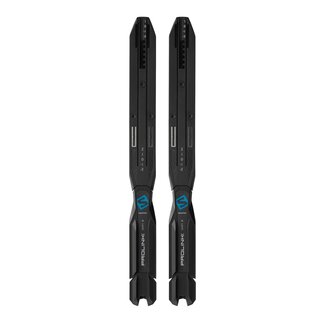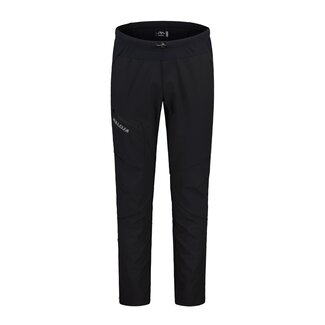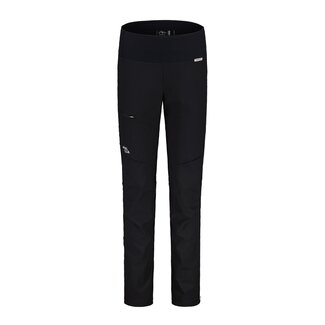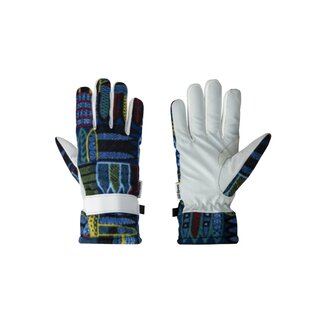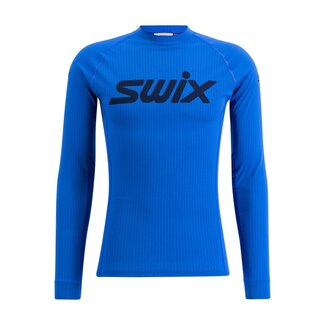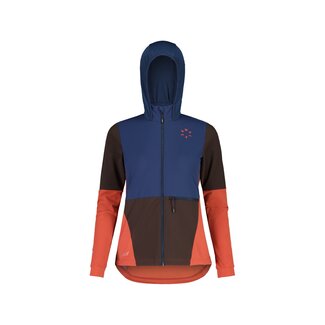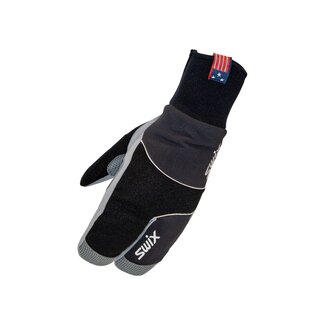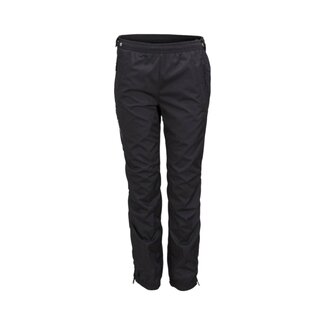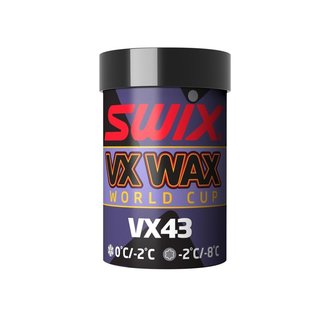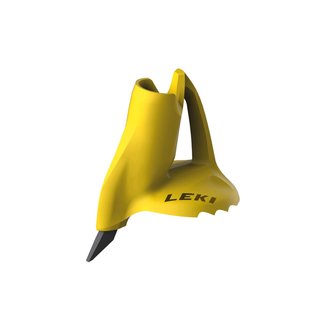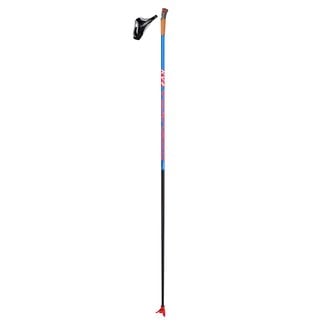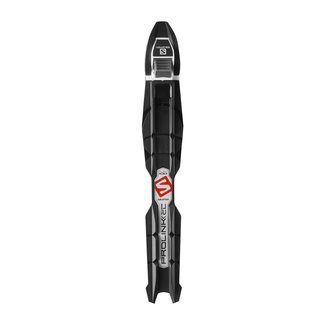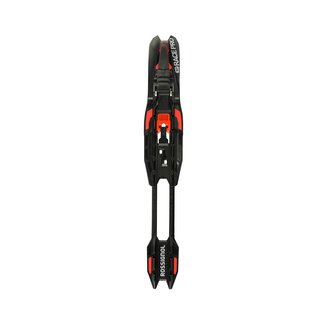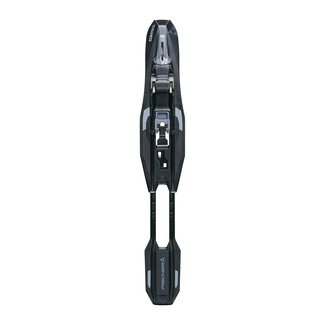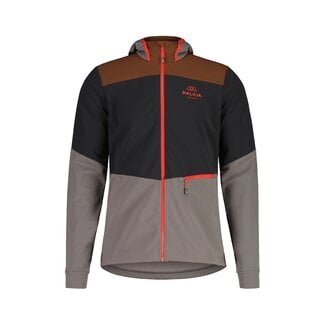Cross Country Ski Gear for Sale
Here at Coast Outdoors we have a wide range of Nordic ski gear for skiers of all abilities, so if you want to buy cross country skis, look no further. Just getting started? We've got you covered with reasonably priced entry-level cross country ski equipment. Looking to win the world cup? Right this way. Our selection of high-end skis, boots, poles, and waxes will help to maximise your performance. We also stock clothing, gloves, bags, glasses/visors, drink belts, and anything else you might need for tackling the trails this winter.
What is Cross Country Skiing?
Cross country skiing (or Nordic skiing) is where skiing all began hundreds of years ago. Skis were used to traverse snow-covered terrain and as a general method of efficient travel during the winter, allowing the skier to get up and down hills, and even mountains. In modern times, some people still use their skis to get around, but most cross country skiiers these days enjoy it as a sport or recreational activity. Skiing is an excellent form of exercise, working most of your body, and is also a wonderful way to see the great outdoors.
How do I choose cross country skis?
Cross country skis are divided first into the two main disciplines: skate skis and classic skis.
Skate skiing uses a diagonal stride to propel yourself forward, much like ice skating or roller skating. Skate skis are shorter, stiffer, and more maneuverable than classic skis. Skate skiing is usually the more high-output of the two disciplines and requires constant effort to keep moving at speed.
Classic cross country skis have a grip zone in the middle of the ski base, which you put pressure on so it bites into the snow, allowing you to push off and glide on the other ski. The three most common types of grip zone are crowns (or fish scales), skis (or mohair), and waxable (grip wax). Crown skis and skin skis are also knows as "waxless skis" as you don't need to apply a grip wax, but you still need to glide wax the bases! Crown skis have texture moulded into the base. This is usually the easiest to use and requires the least maintenance. Skin skis use a replaceable furry strip, usually made of goat hair, synthetic fibers, or a blend of the two. Skins typically provide better glide than crowns, while still providing excellent grip. Waxable skis have a blank base that apply stick grip waxes and klisters to which provide traction. Waxable skis are used primarily by more experienced skiers who have a greater understanding of snow types and temperatures. A well waxed waxable ski will be the fastest classic ski on the trail! You will also find backcountry skis (or off-track skis) which are more rugged and have a large crown or skin sections (sometimes both) for skiing in areas that don't have groomed trails.
Cross country skis come in a range of price ranges and performance levels. Every ski we stock is high quality, but it's important to choose a level of ski that suits your budget and ability. Entry-level skis are very forgiving, easier on the wallet, and more durable than higher level skis. However, it is worth noting that all skis are easy to break if put under the wrong kind of stress. They're built to be light weight! Intermediate skis will provide greater performance with faster bases, lighter cores, and stiffer materials. Even new skiers will appreciate an intermediate-level ski. High performance skis are the lightest and fastest around, but that can be tricky to use for someone with little skiing experience. We can help guide you to your ideal level of ski.
Skate Ski Sizing
Finding the right ski for you requires factoring in your height, weight, and ability level. Skate ski length will typically be in the range of your height, to around 10cm over. Shorter skis are easier to manage, which is ideal for newer skiers, but more experienced skiers will prefer the superior glide and tracking of a longer ski. Skis are flex tested at the factory and the labeled with their ideal weight range. On entry-level skis the weight range is usually quite broad, and as the performance level increases, the weight range narrows. Usually you want to be in the middle of the weight range, but in some cases you may prefer to be higher or lower on the weight range. Soft skis are easier to use, but stiff skis will be faster for an experienced skier. Some brands make their weight ranges clear, others use more complicated reference systems, but with all your info, we can find the perfect skis for you. Take a look our our Size Guide for more product specific sizing.
Classic Ski Sizing
Classic skis can be anywhere from 15-30cm over your height. Shorter skis will be easier to use, and longer ski will provide better performance. Entry-level skis are often sized shorter than more performance oriented skis. Dialing in the weight range of classic skis is important as you need to be able to compress the ski to get adequate contact with the grip zone so you can kick and glide effectively. Most classic skis have moveable bindings that can help you if you're struggling with too little, or too much grip. Shift your bindings forwards for more grip and backwards for less grip. Take a look our our Size Guide for more product specific sizing.
Another consideration for classic skis is the type of grip zone on the base of the ski. The three main grip zone types are Crowns (fishscales), Skins, and Waxables. Crowns have an aggressive texture cut into the base and are typically the easiest to use, so they're great for beginners. Skin skis use an adhesive (and replaceable) fibrous patch and provide excellent grip, but glide much better than Crowns. Waxables have nothing on the base, and instead you apply sticky grip waxes or klisters which give you traction on the snow. Advanced skiers tend to prefer waxable skis as they can dial in the right wax combination for the conditions to get the best grip and glide.
How do I choose cross country ski boots?
Ski boots are also separated into skate boots and classic boots, however, there are also combi boots which can do a little of both. Skate boots have a stiff sole and cuff which provide stability and power transfer. Classic boots have lots of flex in the toe and are usually low cut. Combi boots are a bridge between the two, providing some toe flex and a cuff. You can do skate and classic skiing with combi boots, but in our experience they are better suited as a classic boot that provides extra ankle support. If you're mainly skate skiing you will definitely appreciate the greater stability and performance of a skate boot.
Boot sizes are shown in EUR size and you will typically wear the same size as your regular shoes. Your cross country boots should be comfortably snug, like a running shoe, hiking boot, or other performance footwear. Ill-fitting boots and cause blisters, discomfort, and fatigue, so it's best to try boots on to check the fit. The stock footbeds in most cross country boots is usually pretty basic, so upgrading your insoles can go a long way to improving your comfort and performance. Sizing and fit can vary from brand to brand and model to model. Entry-level boots usually have more insulation and a more relaxed fit, whereas higher-end boots tend to fit snugger for greater performance.
Ski boot and binding compatibility is also something to consider. All current cross country ski boots and bindings (other than backcountry) are compatible with each other, regardless of brands. Different brands have their own names for the system, such as Prolink from Salomon, Turnamic (IFP) from Fischer and Rossignol, and NNN from Rottefella and Madshus, but you can use any of these boots and bindings together. Backcountry boots have their own system that looks very similar, but is larger and more rugged, so you need a specific NNN BC binding for these boots. Older ski boot and binding systems such as SNS Pilot, SNS Profil, and SNS Propulse are not compatible with the newer systems, so those parts would need to be replaced.
What length cross country ski poles do I need?
The only difference between skate and classic poles is their length. There is some personal preference with pole length but a good guide for skate poles is around lips to nose height, whereas classic poles should be around underarm to shoulder height. You can just wear you regular shoes when check pole length. You can also use some simple equations to find your approximate pole length. For skate, multiply your height in centimeters by 0.89, and for classic multiply by 0.83. For example, a skate skier who is 183cm (6 feet) tall would use the following equation: 183 x 0.89 which equals roughly 163cm. The measurement of a pole typically goes from the tip to the point where the strap connects to the handle, so don't be surprised if your poles look a little long, the extra handle above the strap is inconsequential. You will also want to consider strap size. Shorter poles will come with smaller straps, and longer poles will come with larger straps. We can swap straps out to fit your hands if necessary (stock permitting). Take a look our our Size Guide for more product specific sizing.
Where can I go Cross Country Skiing?
If you're looking for ski trails in the Vancouver area we have some great options for you. Our closest cross country ski trails are located at Cypress Mountain. They have a Nordic ski area, separate from their alpine area. During the winter we host our weekly TNR (Tuesday Night Race) race series, which is open to skiers of all disciplines and ability levels. Up in Whistler you have the Callaghan Country (Callaghan Valley) and Whistler Olympic Park (WOP) Nordic ski areas. Callaghan and WOP boast a huge selection of cross country ski trails to explore with stunning surroundings. Larger national and international races are often help in these locations, including the Coast Outdoors-sponsored P'ayakentsut Ski Loppet. A little farther out of town there is also Manning Park Nordic ski area which has some fantastic ski trails in a beautiful, secluded area.
Should I join a Cross Country Ski Club?
Ski clubs are an excellent way to get into the sport and meet like-minded people to ski with. They also provide ski classes and social events. Cross Country BC is an excellent resource for finding Nordic ski clubs and ski areas. Some of our local ski clubs:


